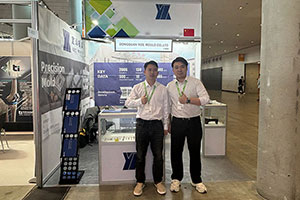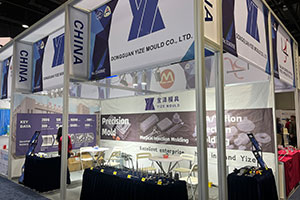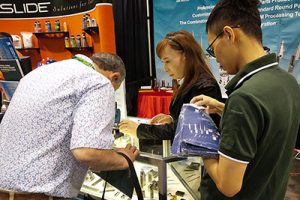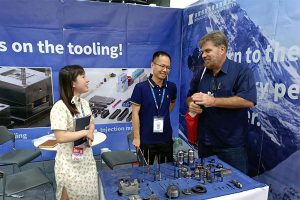Tungsten Carbide: Diverse Advantages of a High-Performance Material
Tungsten carbide, as a leading hard alloy, has distinguished itself in numerous fields with its unique properties. Its high hardness, wear resistance, corrosion resistance, thermal conductivity, strength, toughness, and thermal […]
Tungsten carbide, as a leading hard alloy, has distinguished itself in numerous fields with its unique properties. Its high hardness, wear resistance, corrosion resistance, thermal conductivity, strength, toughness, and thermal fatigue resistance are all outstanding.
Tungsten carbide has a hardness of up to 90HRA, second only to diamond, making it an ideal material for manufacturing high-load cutting tools, significantly improving cutting efficiency and processing quality. At the same time, it has good corrosion resistance and can operate stably for long periods in harsh environments, particularly suitable for the chemical and marine engineering industries.
Our factory business: carbide parts, mold parts, medical injection molds, precision injection molds, teflon PFA injection molding, PFA tube fittings. email: [email protected],whatsapp:+8613302615729.
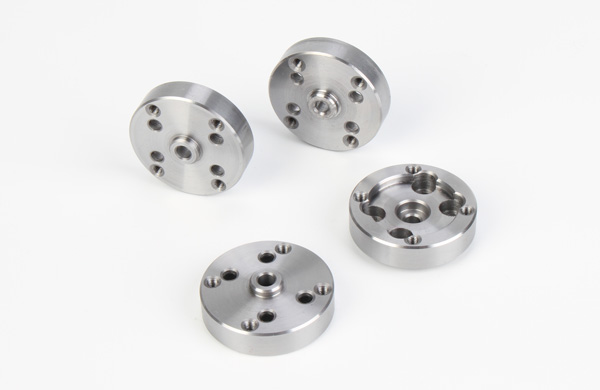
The thermal conductivity of tungsten carbide is excellent, making it the preferred material for high-temperature components such as aerospace engine parts. Its high strength and toughness make it perform well in applications requiring reliability, such as explosion-proof doors and anti-theft windows in the construction field. In addition, tungsten carbide has good thermal fatigue resistance and can operate stably at high temperatures for extended periods.
As a multi-element alloy, the incorporation of elements such as nickel, molybdenum, chromium, and cobalt in tungsten carbide imparts it with more excellent properties. With the development of processing technology, the machinability of tungsten carbide has also been significantly improved.
Today, tungsten carbide is widely used in various industries including construction, machinery manufacturing, aerospace, and electronics and telecommunications, becoming an indispensable material in high-performance applications. Its diverse advantages will continue to play a significant role in the future, supporting the development and progress of various industries.


